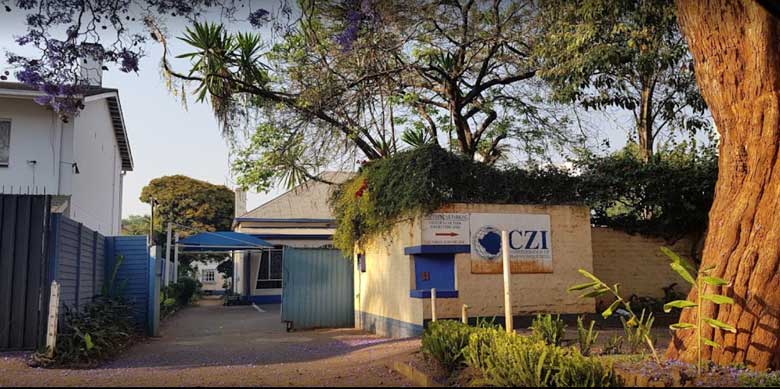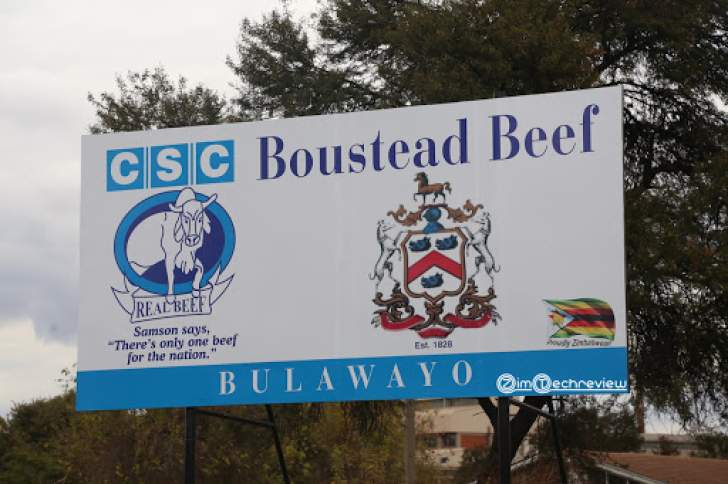
INDUSTRY and Commerce minister Sekai Nzenza says the government is using US$22,5 million from Zimbabwe’s Special Drawing Rights Fund (SDR) allocations to strengthen value chains in the country.
The International Monetary Fund (IMF) gave Zimbabwe SDRs worth US$961 million in August 2021 as part of a US$650 billion distribution to its members.
SDRs are reserve assets issued by the IMF, backed by dollars, euros, yen, sterling and yuan.
The allocation provided a huge stimulus to the Zimbabwean economy, following the devastating impacts of the Covid-19 pandemic and has assisted Zimbabwe in its post recovery path.
“In addition, a total of US$22,5 million Special Drawing Rights Fund for retooling and development of value chains has been availed targeting the pharmaceuticals, cotton, leather, agro-processing and fertiliser,” Nzenza told Standardbusiness in an interview.
“In this regard, companies in these prioritised sectors are urged to come forth and access this facility through the designated implementing banks (Ecobank, POSB, BanABC, and FBC).”
According to Nzenza, the ministry has also put in place innovation hubs to nurture and develop local ideas and solutions to industrial challenges.
However, due to the Covid-19 pandemic and tension in Eastern Europe, Zimbabwe and many other developing nations have been forced to turn inwards in terms of value chain creation to shore up their economies.
- Village Rhapsody: How Zimbabwe can improve governance
- Village Rhapsody: Engage men to end gender-based violence
- Village Rhapsody: How Zimbabwe can improve governance
- Zim maize output to drops by 43%
Keep Reading
The war in Ukraine gravely affected supply chains for such critical raw materials as fertiliser, resulting in acute shortages and high price increases which undermined Zimbabwe’s food security.
The country has been in the throes of foreign currency shortages, which have affected companies’ ability to import raw materials and spares.
Zimbabwe has a diversified manufacturing sector consisting of 94 sub-sectors producing over 6 000 products.
The manufacturing sector took the worst blows when the Covid-19 pandemic struck in 2020, forcing firms to shut down as the government fought to manage contagion.
Earlier this year, Nzenza said to promote local production, the government had put in place interventions such as the import management programme whereby products have been removed from open general import licence and placed under import licences.
She said the move has had positive results, whereby capacity utilisation increased from 36,4% in 2019 to 66% in 2022.
Nzenza also revealed that in order to promote local production, the government had put in place interventions such as the import management programme whereby products have been removed from open general import licence and placed under import licences.
The move has had positive results, whereby capacity utilisation increased from 36,4% in 2019 to 66% in 2022.
Furthermore, shelf occupancy of locally-manufactured products has been sustainably increasing from 70% in 2021 to 80% in 2022.
The minister also indicated that the coming on board of the African Continental Free Trade Area will also lead to increased access to more markets for Zimbabwean products.










